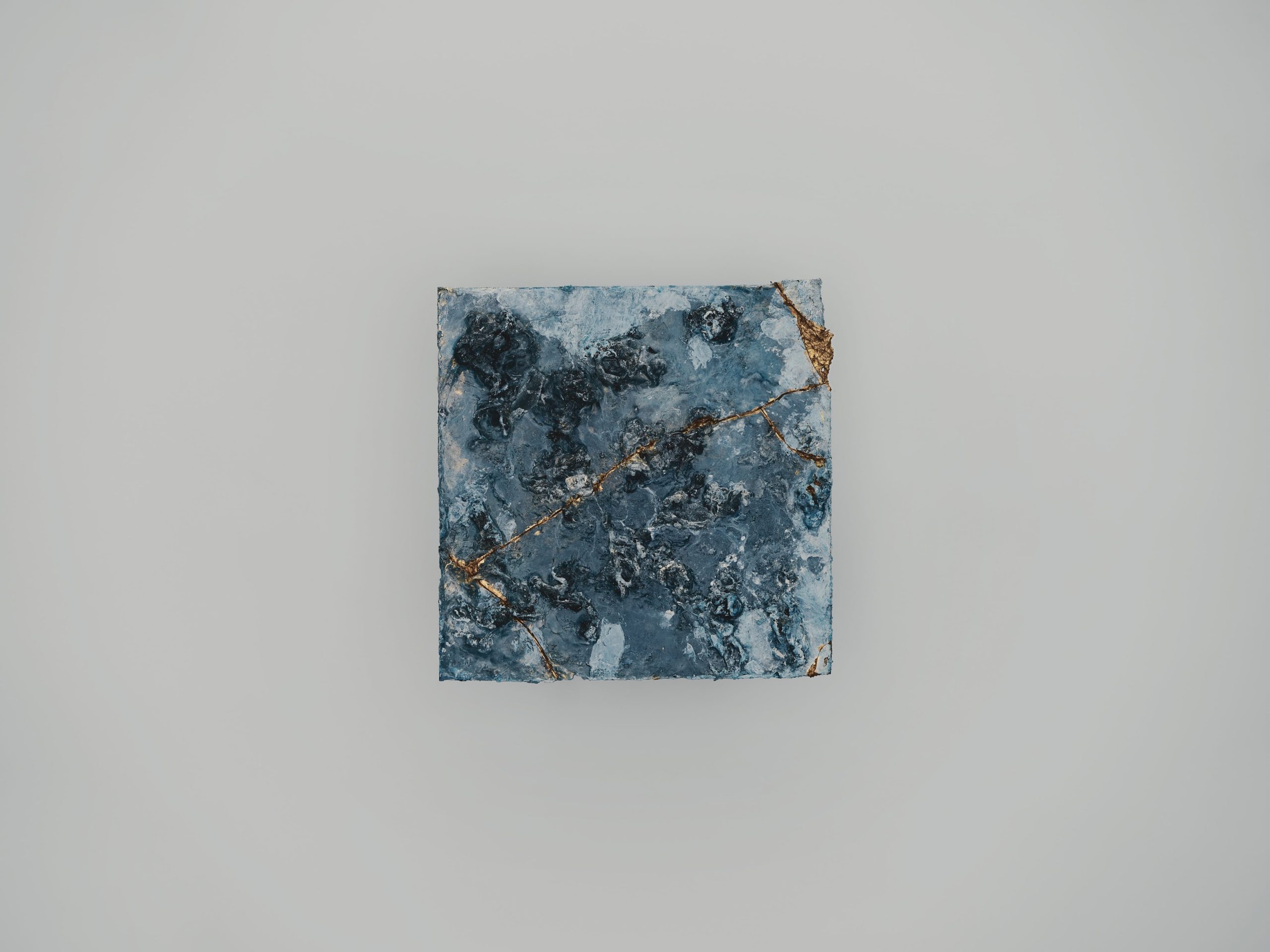

Crystallization of Worthless Time
2021
Resin, Wax, Pigment, Lacquer, Gold powder
H240mm W240mm D50mm
“Kintsugi” is a technique used in Japan for repairing broken vessels.
Lacquer and metal are used to join breaks in vessels and fill up chipped places.
Vessels are a crystallization of functional beauty that draw close to our lives.
“Kintsugi” connects our feelings for those vessels with the future.
It is nothing other than wrapping time called feelings around something which has value, so to speak, and making that thing even more valuable.
The concept termed “wabi-sabi”, which is peculiar to Japan, and is similar to, yet different from, Western modernism.
The big factor encompassed by this minimal beauty is time.
The basis of this work is a panel made while mixing resin, wax, and pigment, which are materials which have different time axes – that is, different congealing points and melting points.
The panel’s broken lines, full of unpredictability, are displayed and repaired using “kintsugi”.
Breaking a mere worthless thing which does not involve time in our lives, and on the other hand, affirming that temporality only, and connecting it with the future.
This is an endeavor which uses time to give value to something which at first glance has no value, and it is a crystallization of worthless time.
What He Made
“Crystallization of Worthless Time” is a work produced by Seitaro Yamazaki to discuss Kintsugi (golden joinery) as a Japanese traditional technique to repair pottery can be related to what kinds of times.
What make up the picture are epoxy resin, wax, pigment, lacquer, gold powder.
Both wax and epoxy resin being the support media of this work can be liquid, solid or gas, but the conditions for these phase transitions being generated are totally different and these two materials are in different time axes thermally.
Exactly because in different time axes, cracks will be found in these two. What fills such cracks is Kintsugi using lacquer and gold.
Kintsugi that is supposed to have been called out for anchoring two separating times will, precisely because it is Kintsugi, create a unique time in which Kintsugi is a scenery in itself.
The way how these materials exist are also the allegorical meaning of a phenomenon where individuals are forced to live several time phases in today’s society. We have to live at least both the time phases of digital space and our own body concurrently, which will inevitably cause a time fracture within an individual. However, when something which can flexibly join such a fractured surface has been brought about, more than one time phase and their joint area within an individual may on the whole produce forms, colors and beauty unique to him or her.
Why He Made
Seitaro Yamazaki has been consistently working on the visualization of multiple times existing (or may exist or may have existed) in the world we live in and examining how such time groups can be related with each other.
What Seitaro Yamazaki addressed in “Crystallization of Worthless Time” was the process to examine the bandwidth of time groups which can be generated by a craftwork repair technique called Kintsugi that has been developed in the islands of Japan.
Kintsugi was originally designed and has been developed as a technique to repair damaged pottery and restore their functions and therefore its basic role was to join the “time before being damaged” and the “time after being damaged” by the “restoration and maintenance of functions”. Through the appearance of the time being the functions of pottery at a place discontinued due to the damage and by restoring the functions of pottery, Kintsugi produces new times and beauty values thereafter. What Kintsugi is requiring as the joint surface for times is a nominal scale to make a distinction between functioning and not functioning as pottery.
Meanwhile, what Kintsugi is joining in this work is a picture with no function or value in itself which has appeared in this world with carrying two time axes at the same time but is destined to break apart early. Since this picture does not have a function, unlike Kintsugi for pottery, there is no way to do Kintsugi for joining times before and after.
However, in parallel, by joying through Kintsugi two times separating from each other, it becomes possible to produce new times and beauty values not being exposed to a nominal scale of functions.
How He Made
Seitaro Yamazaki first created the picture by pouring into a form the mixture of wax, pigment and epoxy resin and then dried it at the point when a satisfactory texture was obtained. Because wax and plastic cannot be chemically bound through such a method and their toughness and malleability differ, unexpectedly shaped cracks will be generated on the picture as being dried. Further, after fracturing the picture as it was by throwing it at the floor, he filled kokuso lacquer in the fractures surface and dropped golden powder on it – so-called Kintsugi -, which is how this work has been produced. A big Kintsugi displayed in the upper right corner of the picture is a part filled with fragments lost when the picture was fractured.
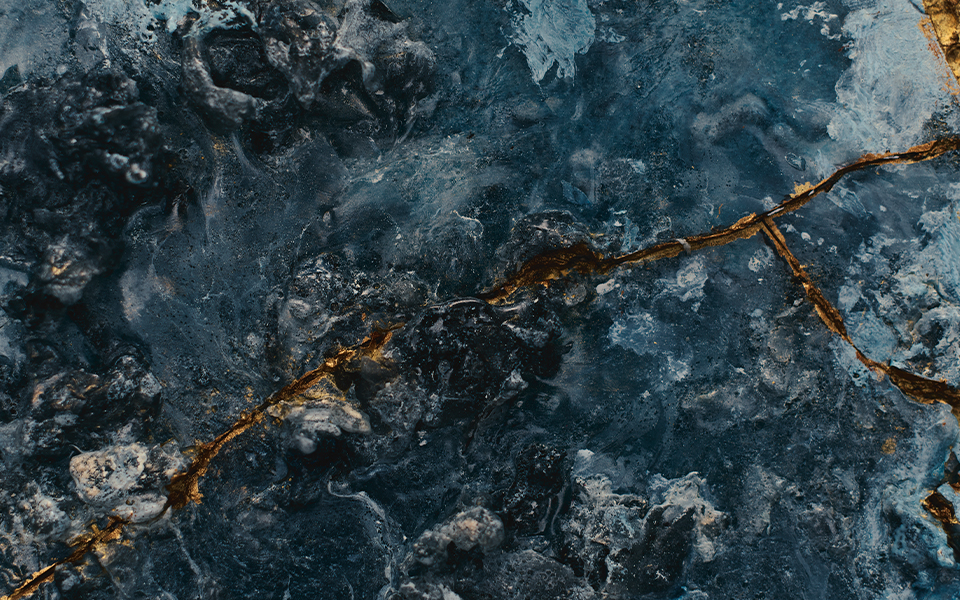


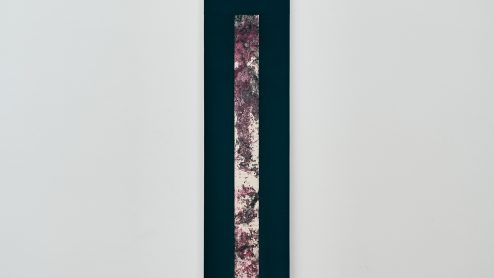
Study
painting
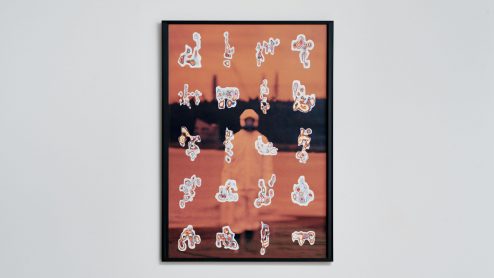
The Voice within the Voice “Fukushima Daiichi Nuclear disaster of March 11, 2011”
digital print
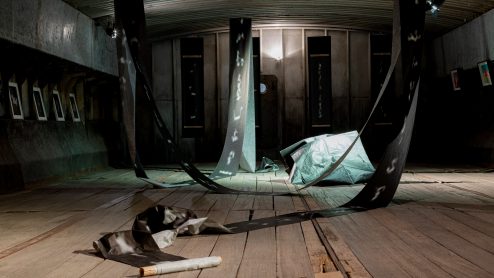
8 million traces
digital print
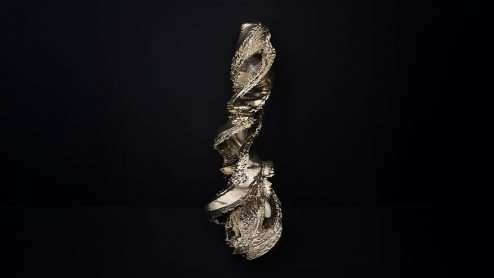
Sculpture of 8 Million Traces
sculpture
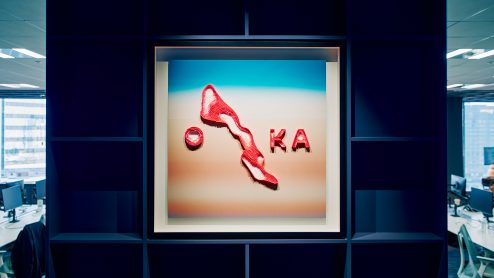
Specimens of the spilled over “Osaka Station”, “Kanazawa Station”, “Tsuruga Station”, “Kyoto Station”, “Yonago Station”, “Wakayama Station”, “Sannomiya Station”, “Okayama Station”, “Hiroshima Station”, “Hakata Station”
commission work
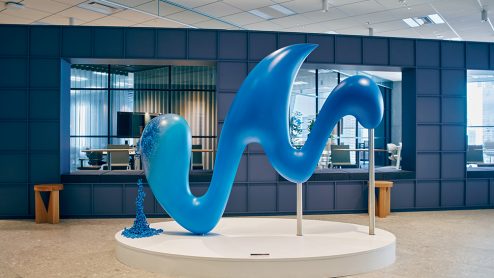
We all Wesmo!
commission work
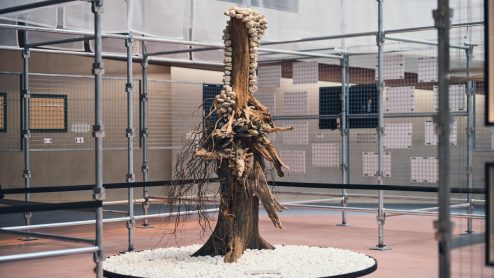
A BOUQUET OF DIVERSITY
sculpture
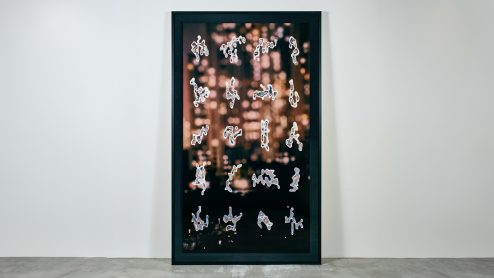
The Voice within the Voice “People shouting from their windows during the lockdown in Shanghai / From Patrick Madrid’s post on X”
digital print
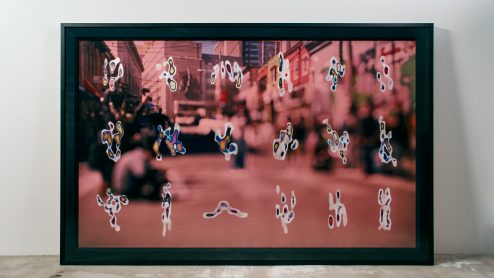
The Voice within the Voice “Sandra Oh speaks at anti-Asian hate rally in Oakland / The Pitt News”
digital print
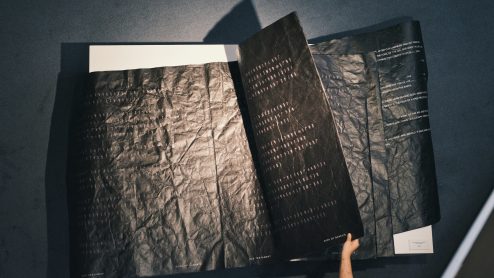
Stories Not Used “OLD TESTAMENT” BOOK OF GENESIS
digital print
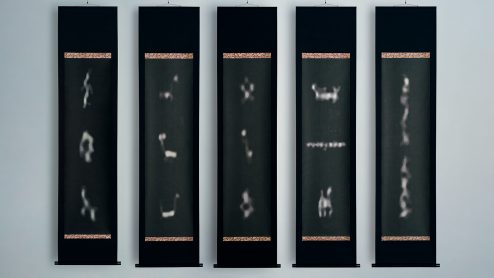
8 million traces
digital print
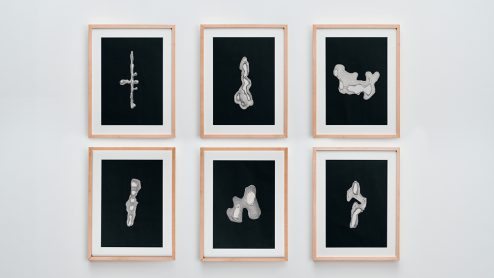
8 million traces
digital print
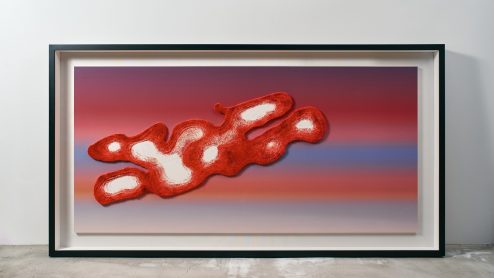
Specimens of the spilled over
photo painting
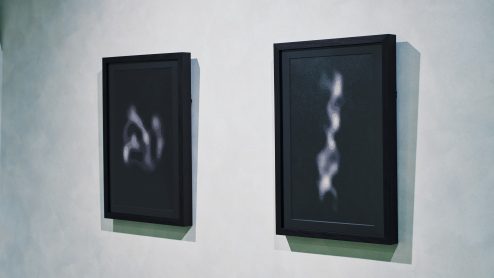
8 million traces
commission work
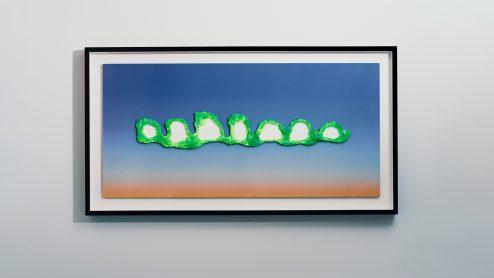
Specimens of the spilled over
commission work
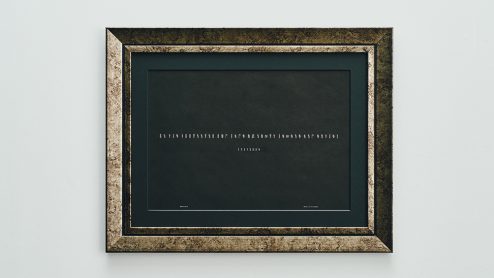
Stories Not Used “בְּרֵאשִׁ֖ית בָּרָ֣א אֱלהִֹ֑ים אֵ֥ת הַשָּׁמַ֖יםִ ואְֵ֥ת הָאָֽרֶץ” WYC1382 -In The Bigynnyng God Made Of Nouyt Heuene And Erthe.-
digital print
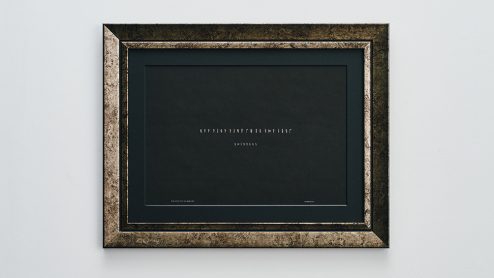
Stories Not Used “Epic of Gilgamesh” SUMERIAN -ALL THAT THEY DO IS BUT WIND-
digital print
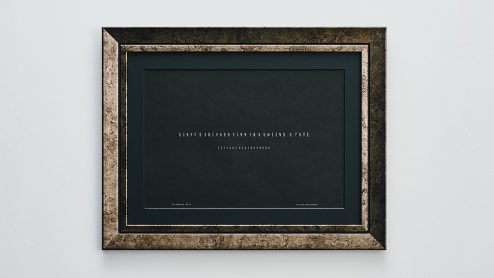
Stories Not Used “Sonnets 18” William Shakespeare -Shall I compare thee to a summer’s day?-
digital print
LETTER FOR YOU
To receive news on upcoming exhibitions and artworks.
Please subscribe to our newsletter.